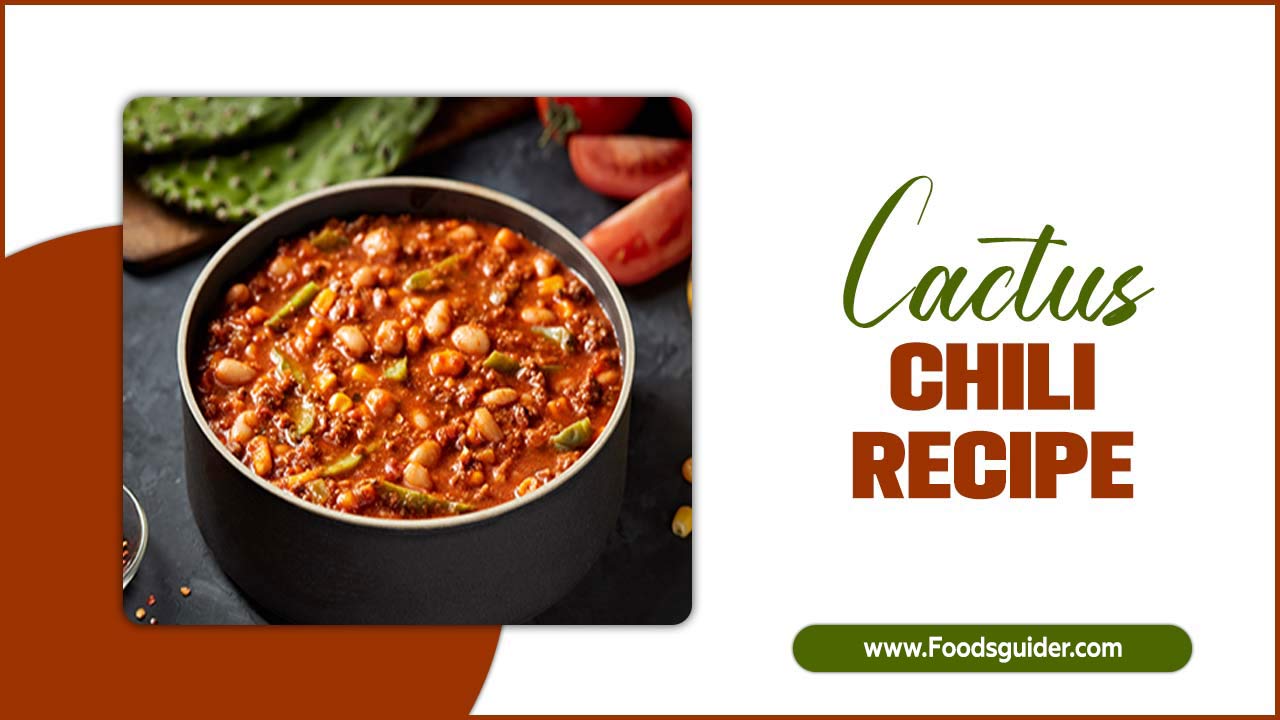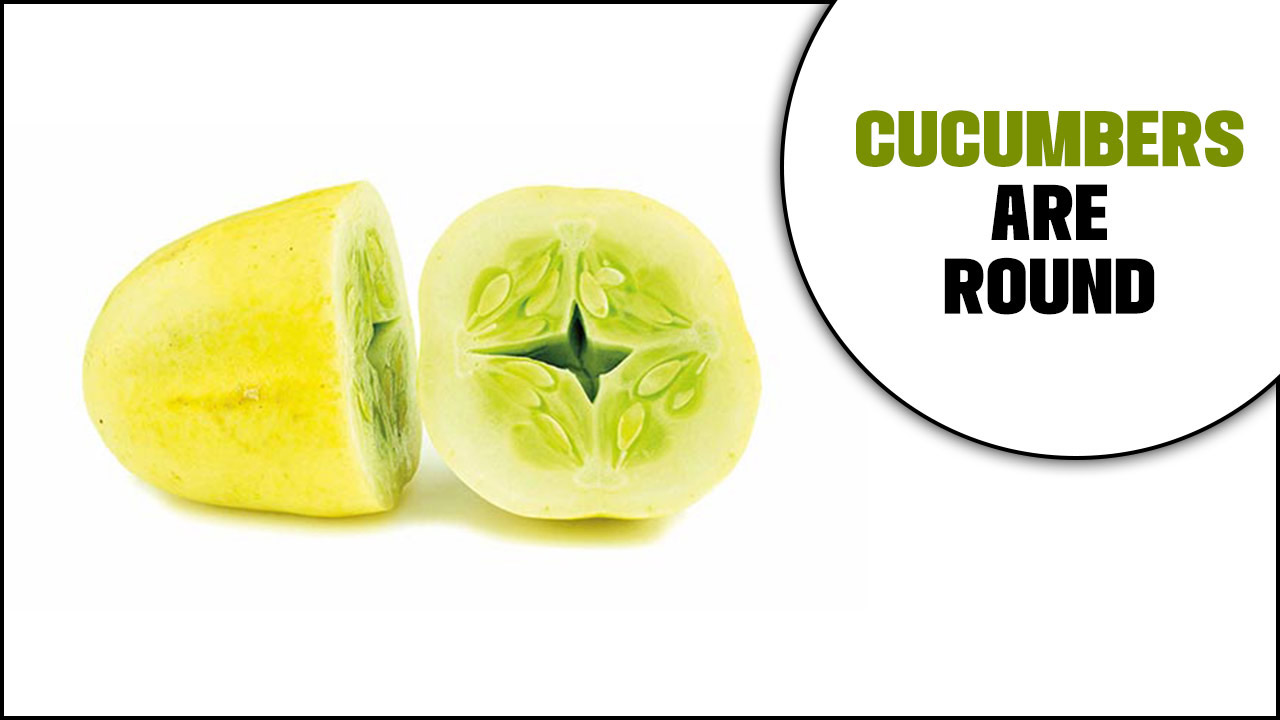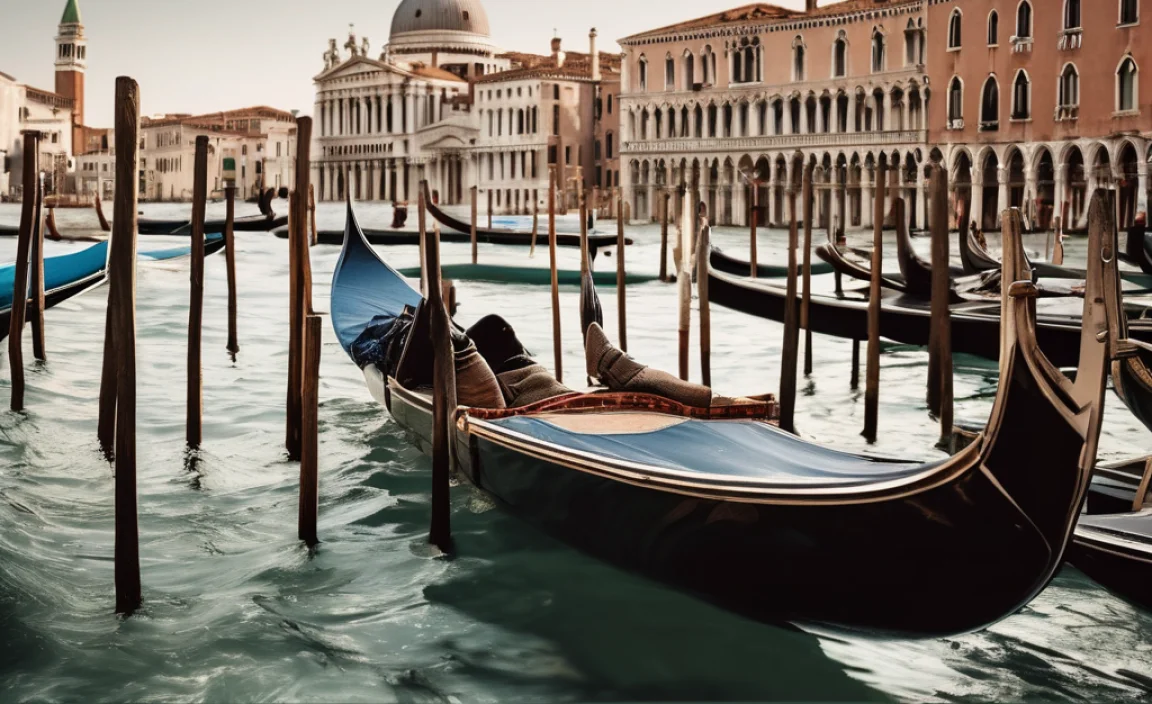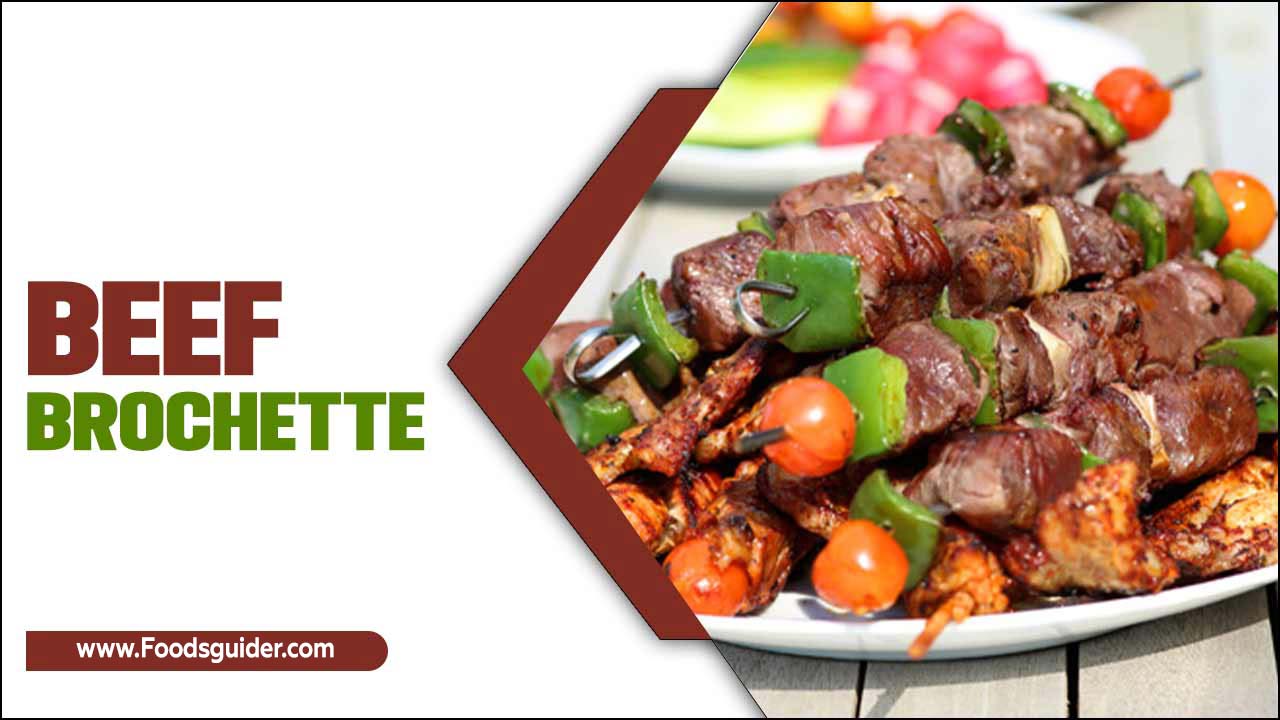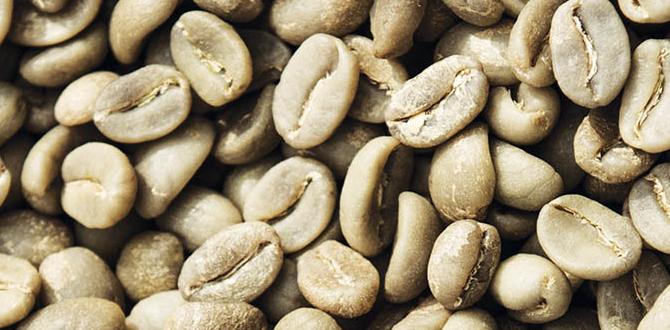Embark on a Turkish Cappadocia wine tour for an unforgettable journey through ancient landscapes and exquisite local wines. This guide makes planning your tasting adventure simple and enjoyable, highlighting must-visit wineries, unique experiences, and essential tips for navigating this magical region’s viticultural treasures.
Cappadocia, with its surreal fairy chimneys and ancient cave dwellings, offers more than just breathtaking vistas. Hidden within its unique geological formations, you’ll discover a burgeoning wine scene, deeply rooted in history. Exploring the wines of this special region can feel a bit overwhelming at first, especially if you’re new to Turkish viticulture. But don’t worry! We’re here to guide you. Imagine sipping on a delicious, locally-produced wine while gazing out at a landscape unlike any other on Earth. It’s an experience that’s both accessible and deeply rewarding. Get ready to uncork the secrets of Cappadocia’s vineyards.
Why Cappadocia for Wine? A Historical Sip
Cappadocia has a wine-making history stretching back thousands of years, possibly to the Hittites. The volcanic soil and continental climate provide unique conditions for grape growing. This region, once a vital stop on ancient trade routes, has always been a place for cultivating grapes and producing wine. Early Christian communities even used the soft volcanic rock to carve out cellars and monasteries, many of which still hold wine today, blending history with the present-day harvest.
Planning Your Turkish Cappadocia Wine Tour: A Step-by-Step Approach
Organizing your wine adventure in Cappadocia is exciting! Here’s a straightforward way to make sure you experience the best of what the region offers, from vineyard visits to tasting delicious local varietals.
Step 1: Choose Your Base Town
Your starting point significantly impacts your tour experience. The main towns offer different vibes and proximity to wineries.
Göreme: The most popular tourist hub, lively with many hotels, restaurants, and tour operators. It’s central for accessing many wineries, especially those closer to the valleys.
Uçhisar: Known for its stunning castle offering panoramic views, Uçhisar provides a slightly more serene atmosphere than Göreme but is still well-connected.
Ürgüp: Historically a significant center for wine production in Cappadocia, Ürgüp offers a more authentic feel and is often closer to some of the larger, older wineries.
Avanos: Famous for its pottery, Avanos is also a good base, offering a charming riverside setting and access to wineries in the northern part of the region.
Step 2: Decide on Your Transportation
Getting around Cappadocia to reach wineries is key. Several options are available, each with its pros and cons.
Organized Wine Tours: This is often the easiest option for beginners. Tours typically include transport, winery visits, tastings, and sometimes lunch. They handle all the logistics, allowing you to relax and enjoy. Companies often partner with local vineyards, offering curated experiences.
Private Driver/Car Rental: For more flexibility, hiring a private driver or renting a car gives you control over your itinerary. This is ideal if you have specific wineries in mind or want to explore at your own pace. Be aware that driving can be challenging on some rural roads, and you’ll need a designated driver for tastings.
Taxis: Taxis are available, especially in the main towns, but can become expensive if you plan to visit multiple distant wineries. It’s best suited for short trips or to supplement other transport methods.
Scooter/Motorcycle Rental: For the adventurous, renting a scooter or motorcycle offers freedom. However, ensure you are comfortable with the roads and always designate a sober rider for any wine tasting.
Step 3: Select Your Wineries to Visit
Cappadocia boasts several excellent wineries, each offering a unique experience. Focusing on a few strategically chosen ones will give you a great overview.
Kaya Şarapları (Kaya Vineyards): One of the most established wineries, known for its range of wines, including local Anatolian grapes. They often offer tastings and have a lovely setting.
Turasan Şarapçılık (Turasan Winery): A family-run business with a long history in Ürgüp. They are renowned for producing quality wines from indigenous grapes like Öküzgözü and Boğazkere.
Sevilen Şarapçılık: While they have vineyards in other regions, Sevilen often has a presence or tasting room in Cappadocia, showcasing their diverse portfolio.
Arcelik Bağları: This winery focuses on producing high-quality wines using traditional and modern techniques. They often welcome visitors for tours and tastings.
Urartu Şarapları: Another local producer contributing to Cappadocia’s wine landscape, offering a chance to taste unique regional blends.
Step 4: Book Your Tours and Tastings
It’s wise to book in advance, especially during peak tourist season. Some wineries might require reservations for tastings or tours, particularly for groups. Contacting them directly or booking through a reputable local tour operator is recommended.
Step 5: Understand Local Grape Varietals
Familiarizing yourself with Cappadocia’s indigenous grapes will enhance your tasting experience.
Öküzgözü: A robust red grape from Eastern Anatolia, producing wines with cherry, plum, and sometimes spicy notes. It’s known for its good acidity and medium tannins.
Boğazkere: Another significant red grape from Southeastern Anatolia, often producing deeper, fuller-bodied wines with dark fruit flavors, pepper, and a firm tannic structure. It’s frequently blended with Öküzgözü.
Emir: The most important white grape of Cappadocia. It yields crisp, light-bodied white wines with citrus and green apple aromas, best enjoyed young.
Kalecik Karası: While not exclusively from Cappadocia, this grape is widely planted and produces delightful rosé and light-bodied red wines with red berry notes.
Must-Visit Wineries in Cappadocia
Cappadocia’s wine trails are dotted with charming vineyards and sophisticated cellars. Here are some top spots that offer a true taste of the region.
Kaya Şarapları: A Pioneer in Cappadocian Wines
Kaya Şarapları stands as one of the region’s most respected wineries. Nestled in the heart of Cappadocia, they have been producing wines for decades, focusing on both international and indigenous Turkish grape varietals. Their commitment to quality and tradition is evident in every bottle. Visitors can enjoy guided tastings, learn about their winemaking process, and explore their cellars, which are often carved into the soft volcanic rock, a signature of Cappadocian architecture. It’s a fantastic place to start your wine journey.
Turasan Şarapçılık: Family Tradition and Quality
Located in Ürgüp, Turasan Şarapçılık is a beloved family-run winery with a history deeply intertwined with the land. They are particularly known for their skillful use of local grapes like Öküzgözü and Boğazkere, transforming them into wines that are both complex and approachable. Tasting their offerings, often accompanied by insights from family members, provides an intimate glimpse into the passion behind their craft. Their tasting room offers stunning views, making it an ideal spot to savor their wines.
Arcelik Bağları: Modern Winemaking in an Ancient Land
Arcelik Bağları represents a newer wave of winemaking in Cappadocia, blending modern techniques with the region’s unique terroir. They are dedicated to producing high-quality wines with a distinct sense of place. Their approach often emphasizes the expression of specific grape varietals and vineyard sites. Visitors can expect a refined tasting experience, often with knowledgeable staff eager to share their passion for Arcelik’s wines. It’s a great winery for those interested in contemporary Turkish wine production.
A Glimpse into Cappadocian Wineries
Here’s a quick look at what makes these wineries special:
| Wineries | Location | Key Grape Focus | Unique Features |
| :——————- | :——— | :———————- | :——————————————————– |
| Kaya Şarapları | Avanos/Ur. | Emir, Öküzgözü, Boğazkere | Established history, cave cellars, comprehensive tastings |
| Turasan Şarapçılık | Ürgüp | Öküzgözü, Boğazkere, Emir | Family-run, traditional methods, scenic views |
| Arcelik Bağları | Urgup/Uch. | Öküzgözü, Emir, Syrah | Modern approach, vineyard-specific expressions |
| Galata Şarapları | Ürgüp | Emir, Öküzgözü, Kalecik K | Boutique style, boutique wines, intimate tasting |
Beyond the Bottle: Unique Cappadocia Wine Experiences
A Turkish Cappadocia wine tour offers more than just tastings. The experiences here are as magical as the landscape.
Cave Cellar Tours and Tastings
Many Cappadocian wineries have cellars carved directly into the volcanic tuff rock. These natural cellars provide a cool, stable environment for aging wine. Taking a tour allows you to walk through these ancient spaces, learn how they were created, and understand their importance in winemaking history. A tasting session within a dimly lit, natural cave is an unforgettable atmospheric experience.
Wine Pairing Dinners
Some wineries and local restaurants offer wine-pairing dinners. These events allow you to savor traditional Cappadocian cuisine alongside specially selected local wines. It’s a fantastic way to discover how the unique flavors of the region’s food and wine complement each other. The interplay of local ingredients with local varietals creates a truly authentic culinary journey.
Vineyard Stays
For an immersive experience, consider staying at a vineyard guesthouse or a hotel with its own vines. Waking up surrounded by grapevines, enjoying a breakfast with local produce, and having direct access to wine tastings is a dream for any wine lover. These intimate settings often provide a deeper connection to the land and the people who cultivate it.
Sunrise Balloon Rides with a Wine Twist
While not directly a wine experience, many hot air balloon tours in Cappadocia conclude with a glass of sparkling wine upon landing. Imagine looking out over the valleys as the sun rises, a truly iconic Cappadocian moment, followed by a celebratory toast. It’s a perfect way to start a day of wine exploration.
Tips for Your Cappadocia Wine Discovery
To make the most of your wine tour, a few insider tips can go a long way.
Best Time to Visit: Spring (April-May) and Autumn (September-October) offer pleasant weather for exploring vineyards and enjoying outdoor activities. The harvest season in September is particularly exciting.
Book in Advance: Especially for popular wineries or private tours, booking ahead is crucial, particularly during peak tourist seasons.
Pace Yourself: Wine tasting involves multiple samples. Drink water between tastings, eat something, and avoid trying to visit too many wineries in one day.
Learn a Few Turkish Phrases: A simple “Merhaba” (Hello) or “Teşekkürler” (Thank you) can go a long way. Learning about Turkish wine etiquette can also be helpful.
Stay Hydrated: Cappadocia can be dry. Drink plenty of water throughout the day, especially when out in sunny vineyards.
Consider a Designated Driver: If you’re renting a car or driving yourself, ensure you have a sober driver for all wine tasting activities.
Explore Beyond Popular Varietals: While Öküzgözü and Emir are staples, don’t hesitate to try other local grapes or blends recommended by your host. The Turkish Ministry of Agriculture and Forestry provides resources on indigenous grape varieties and viticulture in Turkey. You can find information on their official websites.
The Unique Cappadocia Terroir
The mystical landscapes of Cappadocia, shaped by volcanic activity millennia ago, create a unique environment for grapevines. The soil is a mix of volcanic tuff, ash, and sand, which is porous, allowing for good drainage – a crucial factor for preventing root rot and ensuring healthy vine growth. This soil composition also influences the mineral content of the grapes, contributing unique characteristics to the wines.
The climate is continental, with hot, dry summers and cold, snowy winters. This temperature variation is beneficial for grape development. The long, warm days in summer allow the grapes to ripen fully, developing sugars and complex flavors, while cooler nights help preserve acidity. The winter cold is also necessary, as many grapevines require a period of dormancy. The high altitude of Cappadocia, with many vineyards situated above 1,000 meters, further impacts grape growing, leading to slower ripening and thus, more nuanced flavors and a better balance of sugar and acidity in the grapes. This distinctive terroir is what gives Cappadocian wines their special character.
What to Eat and Drink: Pairing Cappadocian Wines
Cappadocia offers a delightful fusion of flavors, perfect for pairing with its local wines.
With Emir (White Wine):
Seafood: Lightly grilled fish, especially local trout from the Kızılırmak River, or calamari.
Mezes: Fresh and creamy mezes like haydari (yogurt dip), muhammara (red pepper and walnut dip), or ezme (spicy tomato dip).
Vegetable Dishes: Lighter vegetable stews or dishes featuring local greens.
With Öküzgözü (Red Wine):
Lamb Dishes: Slow-cooked lamb stews, grilled lamb chops, or lamb köfte (meatballs).
Meaty Appetizers: Grilled halloumi, sucuk (spicy Turkish sausage), or pastırma (cured beef).
Hearty Vegetable Dishes: Okra stew (bamya) or eggplant-based dishes.
With Boğazkere (Red Wine):
Grilled Red Meats: Steak, grilled lamb cuts, or Kuzu Tandır (slow-roasted lamb).
Game: Dishes like duck or quail if available.
Aged Cheeses: Stronger, aged Turkish cheeses to stand up to the wine’s tannins.
With Rosé Wines (often Kalecik Karası):
Turkish Pide: A great match for the fruity notes of rosé.
Chicken Dishes: Grilled chicken skewers or chicken with apricot.
Salads: Mixed salads with fruits and a light vinaigrette.
A fantastic resource to learn more about Turkish cuisine and its regional variations is the Turkish Cultural Foundation. They offer insights into the history and diversity of Turkish food and drink, which can greatly enhance your understanding of local pairings.
Frequently Asked Questions About Turkish Cappadocia Wine Tours
<spa


